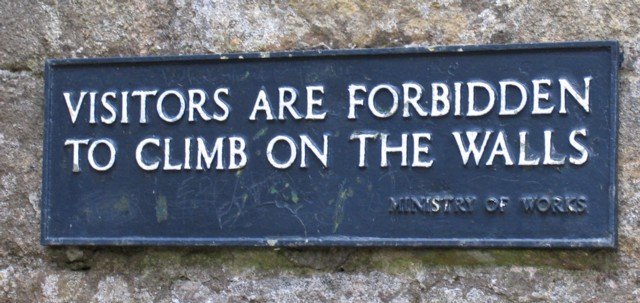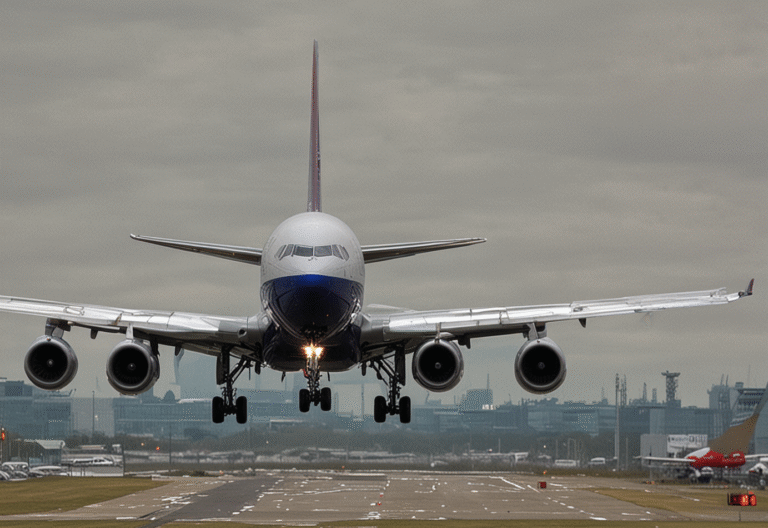Where To Stay and What To Consider in London?
1. Where to Stay in London? Find Your Ideal Spot Now!
Find your perfect London base with our expert guide. Whether you seek a luxury apartment or a budget-friendly hotel, the key to a great stay is connectivity. Prioritise accommodation within Transport for London’s Zones 1-3 for the best balance of access and value. Ensure your choice is a short walk from a Tube or rail station for easy journeys to top attractions. Let us help you secure an ideal location that puts the city’s iconic sights and seamless transport right at your doorstep. Your London adventure starts with the right place to stay.
2. Where to Stay? This depends on how close to Central London do I want to be.

Understanding London’s Travel Zones
For geographical reference, London’s transport network is divided into concentric zones radiating from the centre.
- Zone 1 (Central London): This is the city heart, located inside the blue circular line on the map. It contains the majority of major tourist attractions.
- Zone 2: This area surrounds Zone 1, situated between the blue and pink circular lines on the map.
- Zone 6: As the outermost zone, it represents a typical commute of 50-60 minutes to a central point like Piccadilly Circus.
A key benefit for visitors is the daily fare cap, which limits your spending when using Oyster or contactless payment, regardless of which zones you travel through.
Where To Stay and What To Consider in London?
When selecting accommodation in London, Transport for London’s (TfL) zoning system (Zones 1-6) is a crucial factor. For the best experience, we recommend staying within these zones to ensure good transport connectivity.
Staying in Zone 1 places you in the heart of Central London. The primary advantage is minimal travel time to major attractions, reducing both your journey duration and daily transport costs. However, this convenience comes at a premium, as accommodation prices here are the highest in the city.
Conversely, Zone 6 offers significantly lower accommodation costs. The trade-off is a substantially longer commute; expect an average of 30 to 60 minutes each way to central sights. This also increases daily transport expenditure, though it’s important to remember that using an Oyster card, contactless payment, or Google Pay provides a daily spending cap, limiting your maximum travel cost.
The intermediate zones (2, 3, 4, and 5) offer a sliding scale of these pros and cons. As the zone number increases, accommodation generally becomes more affordable, but commute times and transport costs rise accordingly. A key consideration for any accommodation outside Zone 1 is its proximity to a Tube or rail station. A long walk to the station can negate the benefits of a lower price. Ideally, your lodging should be within a short, easy walk (e.g., 100 metres/110 yards is roughly a minute) of a station to keep your overall journey manageable and enjoyable.
3. Where to Stay? What to Consider.
- 1. Who are you traveling with?
- Solo Traveler: A single person seeking accommodation. Options might include hostels for a social atmosphere and lower cost, or a single hotel room for more privacy.
- Couple: Two people traveling together. A double room in a hotel or a one-bedroom apartment rental might be ideal.
- Family: Two adults and one or more children. You will need a family-friendly accommodation. Look for hotels with connecting rooms or family suites, or consider an apartment rental with multiple bedrooms and a kitchen to prepare meals.
- Groups: A larger number of friends or colleagues. This can be the most challenging to accommodate. Consider renting a large multi-bedroom apartment or house, or booking a block of rooms in a hotel.
- 2. What type of accommodation best suits your needs?
- Hotel: Offers a traditional experience with amenities like room service, a front desk, and daily housekeeping. Hotels are categorized by a star rating, which can help you gauge the level of luxury and service.
- Apartment Rental (e.g., Airbnb, Vrbo): This provides a more home-like experience with a kitchen, living area, and multiple bedrooms. It can be a cost-effective option for families or groups and offers more space and flexibility.
- Hostel: A budget-friendly option, typically featuring dormitory-style rooms with shared bathrooms. Many hostels also offer private rooms. Hostels are great for solo travelers and groups of friends looking to save money and meet other travelers.
- Camping: While not a common option within central London, there are campsites available on the outskirts of the city. This is an extremely low-budget option for travelers with their own equipment, but it will require a commute to get into the city center.
- 3. What is your budget?
- Your budget is a crucial factor in determining your accommodation options. Consider the following:
- Low Budget: (e.g., £30-£70 per night) Focus on hostels, budget hotels in outer zones, or camping.
- Mid-Range Budget: (e.g., £80-£200 per night) You’ll find a good selection of 3- and 4-star hotels, as well as a variety of apartment rentals.
- High-End/Luxury Budget: (e.g., £200+ per night) Look for 5-star hotels, luxury suites, or unique, high-end apartment rentals.
- Remember to factor in other costs like meals and transportation when determining your nightly accommodation budget.
- 4. How important is proximity to public transport?
- London’s public transport network is excellent, but the location of your accommodation can significantly impact your travel time and convenience.
- Underground (Tube) Station: Staying close to a Tube station is highly recommended for easy access to central London’s main attractions. Look for accommodations within a 5-10 minute walk of a station.
- National Rail Station: If your plans include day trips outside of London, staying near a National Rail station can be a good choice. Major stations like King’s Cross, Paddington, Victoria, and Waterloo offer excellent connections to other parts of the UK.
- London Overground or DLR (Docklands Light Railway) Station: These lines serve areas outside the central zones. While still part of the public transport network, travel to the city center may take a bit longer.
4. For information on finding alternative types of accommodation visit:-
Where To Stay and What To Consider in London?
Summary:
For longer London visits (4-5+ days) where your accommodation budget is a key consideration, we recommend looking at properties in Transport for London’s outer zones (e.g., Zones 4-6).
The significant advantage is substantially lower lodging costs. The trade-off is a longer commute; ensure your chosen location offers a journey time of no more than 50-60 minutes to a central point like Piccadilly Circus. Crucially, verify the property is a short walk (ideally under 5 minutes) to a Tube or rail station to avoid a tedious trek before your commute even begins.
Remember, using Oyster or contactless payment caps your daily travel spend, making budget management easier. This strategy provides an excellent balance of affordability and accessibility.
Where To Stay and What To Consider in London?
Concise List of FAQs.
Best Neighborhoods: Covent Garden, Soho, South Kensington, Notting Hill, Shoreditch. Affordable Options: King’s Cross, Paddington, central hostels. Luxury Hotels: The Ritz London, The Savoy, Claridge’s, The Dorchester. Boutique Hotels: The Hoxton, The Zetter Townhouse, The Dean Street Townhouse. Family-Friendly: Hotels near Hyde Park (The Athenaeum, Mandarin Oriental Hyde Park). Budget Hostels: Generator Hostel London, YHA London Central, Wombat’s City Hostel London. Heathrow Hotels: Sofitel London Heathrow, Hilton London Heathrow Airport, Premier Inn London Heathrow Airport. Nightlife Areas: Soho, Shoreditch, Camden Town. Tourist Attraction Hotels: Westminster (The Rubens at the Palace, The Royal Horseguards) for Buckingham Palace, Shangri La @ The Shard for Tower of London.
Other Posts Related to This Post:-
- Which Hotel To Choose In London?
- BEST AREAS TO STAY IN LONDON FOR TOURISTS
- Where To Stay and What To Consider in London?








